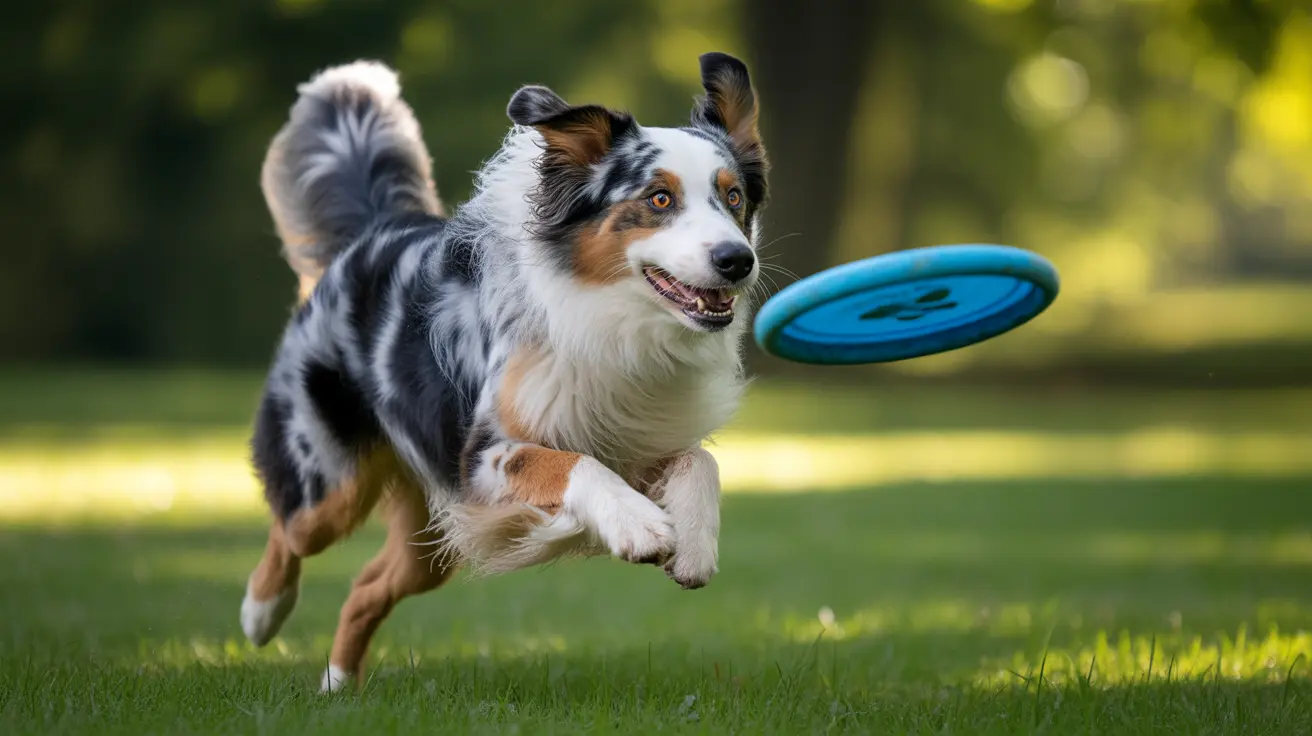Understanding the Signs of Hind End Decline in Dogs
As dogs age or suffer from health conditions, they can experience weakening or dysfunction in their back end. Recognizing the early signs is key to managing quality of life and determining the appropriate care. This condition is particularly important in small breeds like the Pomeranian, though it can affect dogs of all sizes.
What Does 'Back End Going' Mean?
The phrase "back end going" typically refers to a noticeable decline in strength and coordination in a dog's hind legs or pelvic area. This can result in mobility issues, pain, and loss of independence.
Common Signs of Hind Limb Decline
- Hind Leg Weakness: Difficulty rising from a lying or sitting position, reluctance to walk or climb stairs.
- Stumbling or Falling: Loss of balance while walking, especially on slippery surfaces.
- Dragging Paws: Toes scrape along the ground, causing nail wear or injuries.
- Muscle Atrophy: Visible shrinking or softening of muscles in the thighs and hips.
- Trembling: Shaking in the back legs, either at rest or when bearing weight.
- Arched Back or Abnormal Posture: Compensation for discomfort or instability.
- Changes in Gait: A "bunny hop" motion when running or swaying of hindquarters.
Underlying Causes
Several conditions can lead to hind end issues, including:
- Arthritis: Degenerative joint disease leads to pain and limited movement, especially in older dogs.
- Hip Dysplasia: A genetic issue where the hip joint doesn't fit properly, leading to instability.
- Intervertebral Disc Disease (IVDD): Common in small breeds, herniated discs can compress nerves.
- Degenerative Myelopathy: A progressive spinal cord disease causing paralysis.
- Neurological Disorders: Various conditions affecting nerve signals to the hind limbs.
- Trauma or Injury: Falls or accidents can cause sudden hind end dysfunction.
Monitoring and Diagnosis
If you observe signs of hind end decline, consult a veterinarian promptly. Diagnosis may include:
- Physical examination
- Neurological evaluation
- X-rays or advanced imaging (MRI, CT scan)
- Blood work and urinalysis
Treatment and Management
While not all hind end issues are curable, many can be managed with proper care:
- Pain Management: NSAIDs, supplements, and acupuncture can relieve discomfort.
- Exercise Modification: Gentle walks and aquatic therapy maintain muscle tone.
- Physical Therapy: Targeted exercises improve strength and mobility.
- Mobility Aids: Harnesses, ramps, or carts give dogs greater freedom and prevent falls.
- Nutritional Support: Weight management reduces strain on joints.
Preventive Care Tips
You can reduce the risk or impact of hind end decline with consistent care:
- Maintain a healthy weight through proper feeding and exercise.
- Provide supportive bedding and avoid slippery floors at home.
- Schedule regular wellness visits and address medical concerns early.
- Encourage daily movement to preserve muscle strength.
- Supplement with joint support (glucosamine, chondroitin) if advised by your vet.
End-of-Life Considerations
For dogs experiencing irreversible decline in their back end, compassionate palliative care can maintain dignity:
- Monitor quality of life using tools like the HHHHHMM scale (Hurt, Hunger, Hydration, Hygiene, Happiness, Mobility, More good days than bad).
- Provide support with lifting, hygiene, and comfort.
- Discuss humane euthanasia with your veterinarian when suffering outweighs joy.
Conclusion
Recognizing the early signs of a dog’s back end going is crucial for extending their active years and ensuring comfort. With proper veterinary support, lifestyle modifications, and attentive care, many dogs continue to enjoy a happy and mobile life well into old age.





